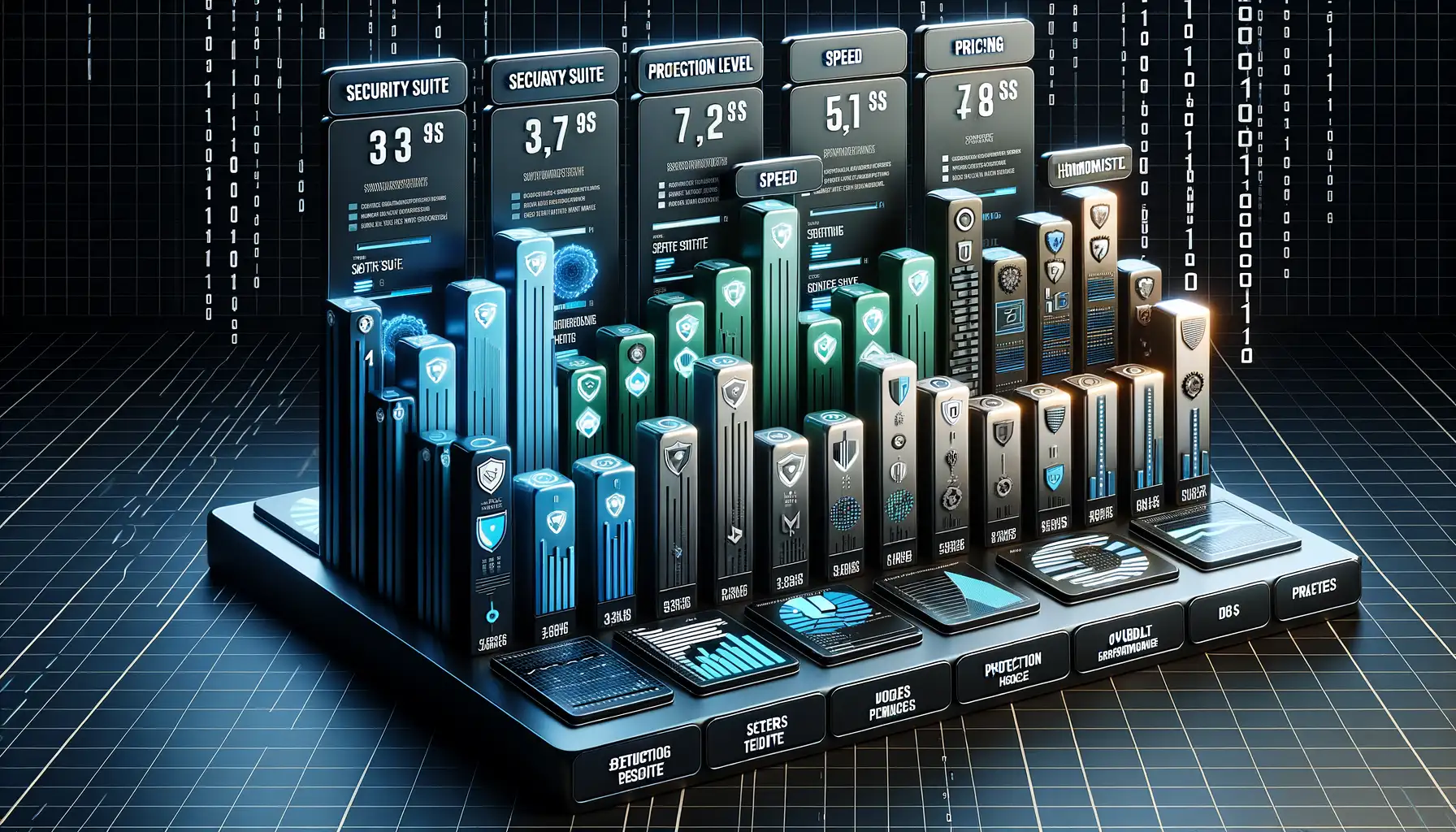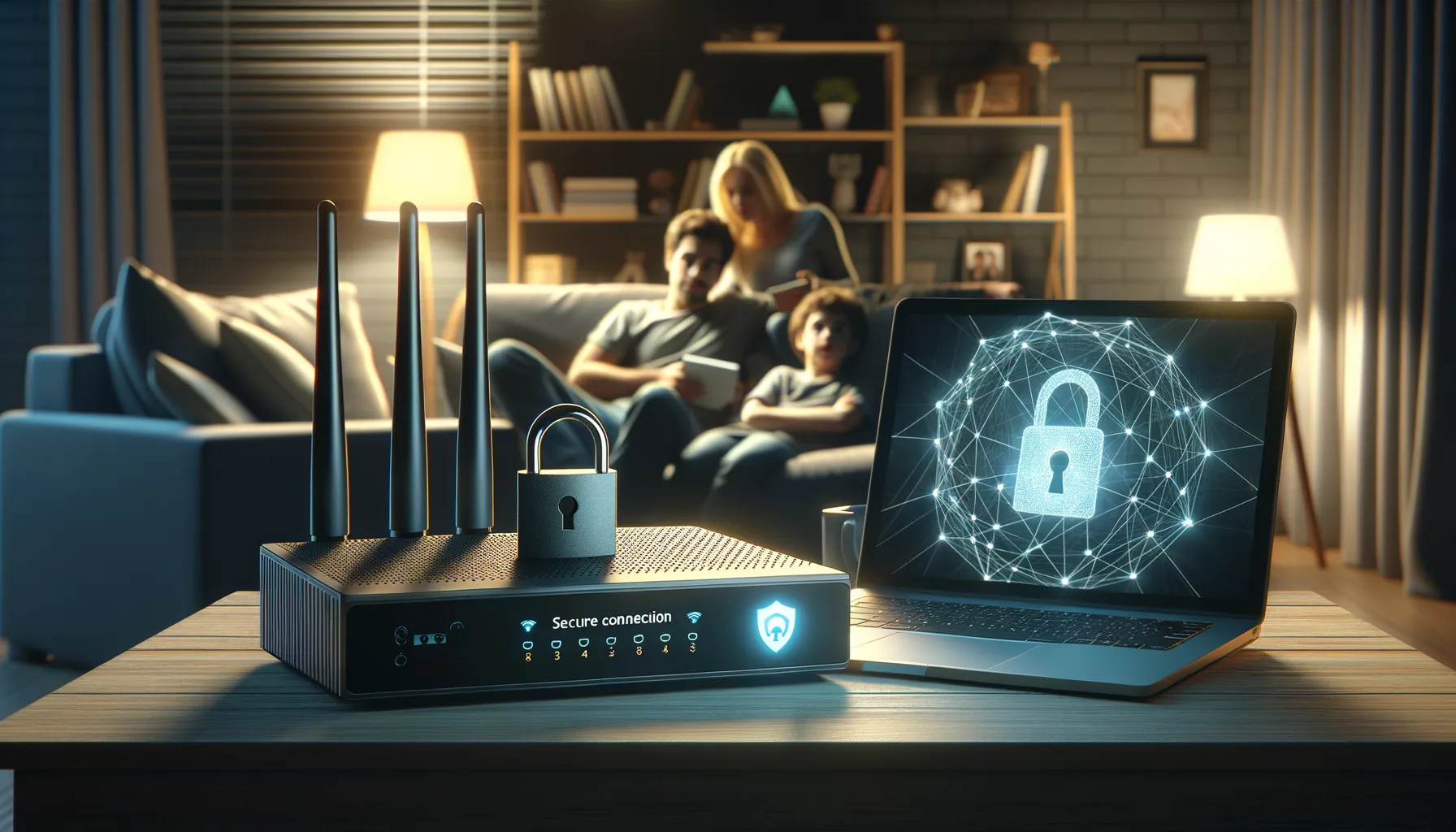Understanding the Importance of a Digital Security Suite
Why Your Digital World Needs a Strong Shield
Imagine your home is a fortress. You’ve got walls, a sturdy door, maybe even a fence. But would you leave all that behind and let every stranger wander into your living room? Probably not! That’s exactly what happens when your digital devices lack a proper security suite—your personal data, passwords, and even family photos are left vulnerable to prying eyes.
A reliable digital security suite acts like an unwavering sentinel guarding the gates of your virtual world. It doesn’t just stop pesky viruses (though it does this brilliantly). It also tackles sneaky threats like phishing scams, ransomware, and even those annoying pop-ups that seem to multiply like rabbits.
Without this layer of armor, cyber threats can slip through the cracks, and once they’re in, the damage can feel catastrophic. Think stolen identities, drained bank accounts, or malware that turns your computer into a molasses-slow brick. Sounds scary, right? That’s why this decision deserves your full attention.
Key Features to Look for in a Security Suite

Must-Have Features for Ultimate Protection
Imagine your home network as a fortress. It’s not just about building tall walls; it’s about having watchtowers, motion detectors, and guards patrolling every corner. That’s exactly what the perfect digital security suite should feel like — layered, comprehensive, and always watching out for you.
First things first: look for real-time threat detection. A good security suite doesn’t just wait until malware creeps in; it actively scans every corner of your system like a watchdog sniffing out danger. Without this, you’re leaving the front door wide open.
Then there’s the magic of a firewall. Think of it as your castle gatekeeper, filtering what comes in and goes out. Want to add an extra layer of trust? Insist on a “two-way” firewall — smarter, sharper, and infinitely more reliable.
- Parental controls are another game changer if you’ve got streaming and gaming kiddos at home. Filter out inappropriate content, set screen time limits, and more.
- VPN integration should also be non-negotiable. It keeps your online activity cloaked, even when you’re sipping coffee at that café with dodgy Wi-Fi.
Don’t overlook cross-platform compatibility. Whether you’re an iOS devotee or a Windows enthusiast, your chosen suite needs to play well with all your devices. Why? Because cyber threats certainly don’t discriminate.
Performance and Ease of Use Matter
Ever met a friend who swears by their security software but then sheepishly admits it slows everything down? Don’t be that person. Pick a suite that combines ironclad protection with lightning-fast performance. It should be light as a feather, running quietly in the background while you binge-watch your favorite shows or join hour-long Zoom calls.
And let’s talk user experience. You shouldn’t need a master’s degree in IT to master your security suite. Simple dashboards, intuitive navigation, and clear alerts make all the difference. After all, isn’t life complicated enough without wrestling with confusing software menus?
Top Considerations When Selecting a Solution

It’s All About Your Unique Needs
When it comes to picking the perfect digital security suite, think of it like shopping for your dream pair of shoes: what fits someone else might pinch your toes. The right solution isn’t about the fanciest features or the biggest brand name—it’s about what works best for your home network and lifestyle.
Start by asking yourself: What do I need to protect? If you’re a parent managing a bustling household, parental controls might be non-negotiable. If you’re running a side hustle from your home office, advanced threat detection or VPN capabilities could be your lifeline. Make a quick list of your priorities because not all security suites tick the same boxes.
Dive Into Practical Considerations
Beyond your must-haves, consider these practical factors:
- User-friendliness: A sleek interface is great, but can everyone in your home (yes, even Grandma) navigate it with ease?
- Device coverage: Got a tech-filled household? Double-check how many devices the suite can secure—smartphones, tablets, gaming consoles, and more.
- Performance impact: Some tools are hungry for resources; you don’t want your computer slowing to a crawl during critical Zoom meetings.
Finally, look at pricing models. Does the suite offer a flexible subscription or trial period? Spending wisely doesn’t mean skimping on safety—it means knowing when to say yes and when to keep scrolling.
Comparing Popular Security Suite Options

Exploring the Best-in-Class Digital Security Choices
When it comes to protecting your home network, finding the right security suite can feel like choosing the perfect dance partner—some move in sync with your needs, while others step on your toes. Let’s dig into how today’s most popular options stack up, so you can find the right fit for your digital safety.
Norton 360: Think of this as the Swiss Army knife of security suites. It packs an impressive punch with antivirus protection, a virtual private network (VPN), parental controls, and even dark web monitoring. Its strength lies in its comprehensive features, though that level of coverage might be overwhelming for less tech-savvy users.
McAfee Total Protection: Known for its user-friendly interface, McAfee feels like a trusted old friend—reliable and easy to get along with. Its standout feature? Cross-device support. If your household is juggling laptops, smartphones, and tablets galore, this suite ensures every device stays safe without breaking a sweat.
- Bitdefender: Affordable yet powerful, this one’s the “stealth ninja” of security suites. It operates quietly but efficiently, running deep scans without bogging down your system.
- Kaspersky: Boasts advanced malware detection, which feels like having a laser-focused watchdog by your side. Some privacy concerns have been raised in the past, so do your research.
Each option has its sweet spots and quirks—take your pick based on your family’s unique priorities.
Tips for Safeguarding Your Home Network

Keep Out the Digital Intruders
Your home network is like your digital castle, and just as you wouldn’t leave the drawbridge down, you shouldn’t leave your Wi-Fi unprotected. Start with a strong password. No, not “123456” or “password”—create something unique. Think of it like crafting a secret handshake only you and your devices know.
Now, let’s talk about your router—the unsung hero of your network. Many people forget about it the same way we ignore that junk drawer in the kitchen. But login to it! Change the default admin credentials and update the firmware regularly. It’s like giving your router its yearly check-up.
- Enable WPA3 encryption: This is the Fort Knox of Wi-Fi security protocols.
- Turn off WPS (Wi-Fi Protected Setup)—it’s convenient but too easy for hackers to exploit.
Guard Every Corner of Your Digital World
Imagine leaving your front door wide open all night—unsecured smart devices are the same thing, but for hackers. Change default usernames on your smart speakers, cameras, and even that fancy smart fridge. Use a separate network for these gadgets if possible.
Finally, make sure your security updates aren’t snoozing. Enable automatic updates for every device connected to your network. Trust me, it’s worth the few seconds of inconvenience to stay ahead of cyber threats.





